Table of Content:
- Who is a Fashion Merchandiser?
- Why is Fashion Merchandising important?
- What are the 5 Rs of Fashion Merchandising?
- Fashion Merchandising Skills Required for Implementing the 5 Rs
- Differences Between Fashion Buying and Fashion Merchandising
- Fabindia Case Study of the 5 R’s of Fashion Merchandising
- Challenges in implementing the 5R Strategy in Fashion Merchandising
- Innovating the Future of 5 R’s of Fashion Merchandising
Fashion merchandisers are like the supporting actors of the fashion design industry. They take care of planning, marketing, visual displays, and pushing products to customers in the manner that fashion products are sold like hot cakes. Their other responsibilities are as listed below:

- Choosing appropriate fashion products according to market trends and customers' preferences after understanding a brand’s perception
- After choosing products to display, they try to cross-sell categories to increase the basket size or shopping cart of a customer for visual merchandising purposes.
- Bridge the gap between the designers and the retailers or e-commerce market players. They work closely with fashion designers, exporters, and vendors.
- Help choose pricing strategies for each product according to profitability as per the segmentation, targeting, and positioning of the brand’s image. Pricing strategy varies as per the category and customer of the brand’s catering.
- Managing inventory at the store level or in e-commerce marketplaces They forecast demand, monitor sales, and adjust orders accordingly.
- Create aesthetically appealing visual displays to lure customers. This can be done by using various lighting and signage to create an overall good customer experience.
- Plans and executes promotional strategies in store or offline to sell more products to customers. This can be done through in-store promotions with banners, stickers, signage, and wall displays. This can also be done through offline promotions with radio, TV, newspapers, and sponsorships.
- Supports in forecasting upcoming market trends for the future. This helps them choose products for the next season.
- Considering the awareness of customers these days regarding sustainability, it is a merchandiser’s responsibility to incorporate sustainable practices at the sourcing, manufacturing, and/or marketing stages.
Who is a Fashion Merchandiser?

A fashion merchandiser is a professional responsible for bridging the creative vision of the designers with the commercial goals of the retail businesses. They operate within various segments, including retail operations and design houses, meticulously analyse market trends, consumer preferences and sales data to curate compelling and profitable fashion collections. Collaborating closely with designers and buyers, they make crucial decisions on which products to include in a collection, how many units to purchase, and the variety of styles and sizes to offer.
Fashion merchandisers play a vital role in budget management, ensuring that stock is acquired within financial constraints. They excel in inventory management, avoiding overstocking or understocking products, and contribute significantly to seasonal planning, strategizing product launches to maximise sales opportunities. Their keen understanding of both fashion aesthetics and market demands makes them essential figures in the fashion industry, driving the success of retail businesses and enhancing customer satisfaction.
Fashion merchandisers play a pivotal role in the fashion industry, working in collaboration with buyers and designers to create successful collections. Their responsibilities encompass a multifaceted approach aimed at optimising sales and customer satisfaction. Scroll below to access the detailed list:
1. Collaborative Decision-Making:
Fashion merchandisers collaborate closely with buyers and designers to curate upcoming collections. They actively participate in meetings with designers to understand the creative vision behind the designs and work collaboratively with buyers to align the collections with market demands and consumer preferences.
2. Selection and Procurement:
While buyers focus on selecting the products to be sold, merchandisers dive deeper into the process. They decide the quantity of each product (units) that should be purchased based on market demand forecasts, historical sales data, and trends analysis. Additionally, they choose different styles, sizes, and variations of products to cater to diverse customer preferences.
3. Budget Management:
One of the key roles of a fashion merchandiser is to manage the purchasing budget effectively. They are responsible for ensuring that the stock is acquired within the allocated budget. This involves negotiating with suppliers, analysing costs, and making strategic decisions to maximise the value of the budget.
4. Inventory Management:
Merchandisers play a crucial role in inventory management. They monitor stock levels, track sales performance, and analyse consumer behaviour to avoid overstocking or understocking products. By maintaining optimal inventory levels, they ensure that products are readily available to meet customer demands without causing unnecessary financial strain on the business.
5. Market Research and Analysis:
Fashion merchandisers conduct extensive market research and analysis to identify emerging trends, customer preferences, and competitor strategies. This information helps them make informed decisions about which products to include in the collection, ensuring that the offerings align with current market demands.
6. Seasonal Planning:
Merchandisers are involved in seasonal planning, where they strategize the launch of new collections, taking into account factors such as seasonal trends, festivals, and special events. They plan the timing of product releases to maximise sales opportunities and create buzz in the market.
In summary, fashion merchandisers serve as the bridge between creative design and business strategy. Through their careful analysis, strategic planning, and collaborative efforts with buyers and designers, they contribute significantly to the overall success of fashion collections and the profitability of fashion businesses.
Why is Fashion Merchandising important?
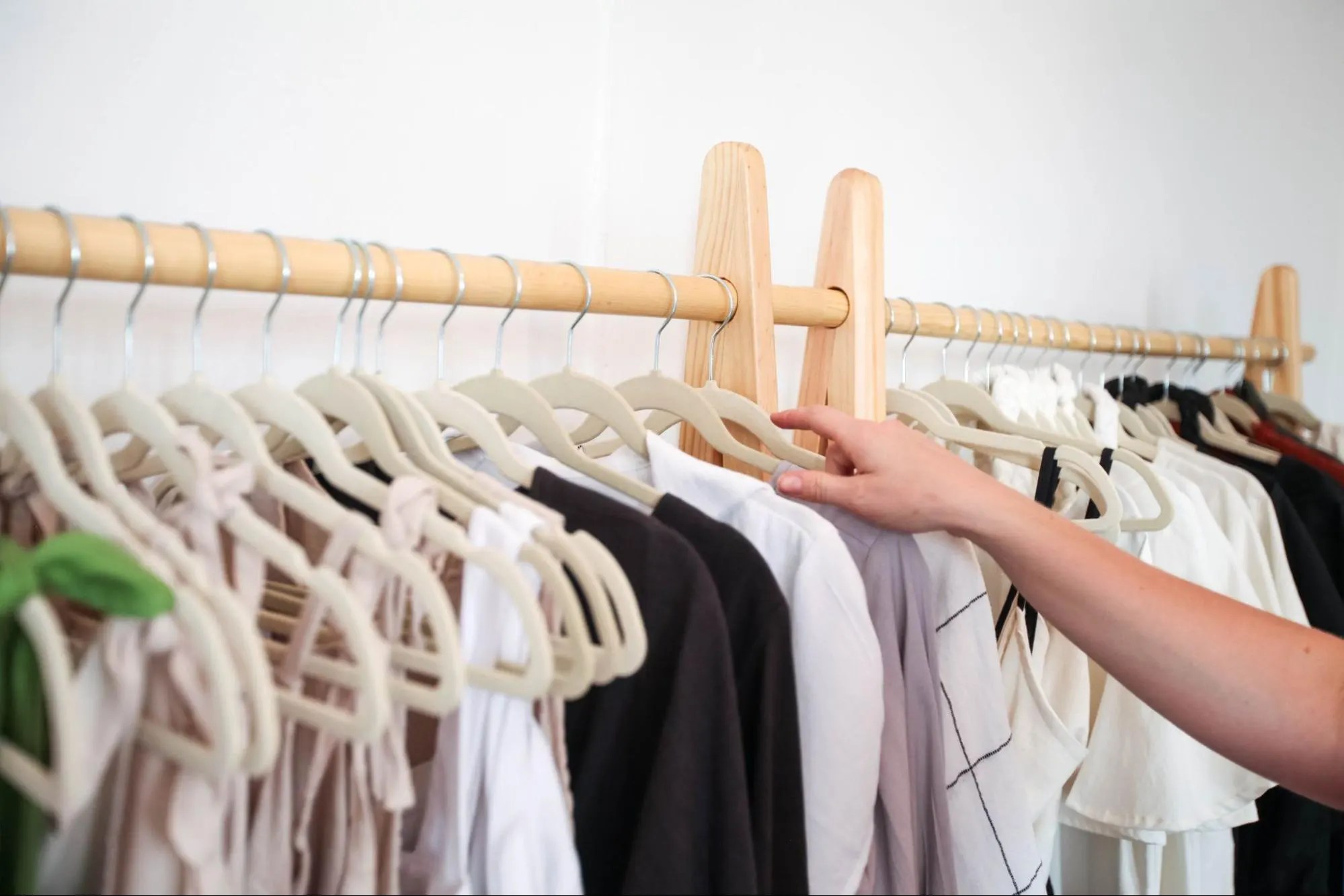
Fashion merchandisers play a very important role in a brand’s growth. The reasons for this are listed below:
- Focusing on profit is the primary objective of a fashion merchandiser. They solely hold accountability for the brand's sales and revenues..
- Fashion merchandisers also manage inventory at the store or warehouse level to minimise wastage and maximise retail space and profitability. They also take care of maintaining the right quantity of inventory to prevent from under or over stocking of products.
- Through attractive visual displays, planogram, mannequins and signs, fashion merchandisers increase the footfalls and conversions at the store level to improve overall customer experience.
- Fashion merchandisers study the upcoming trends in the market and help sell products at retail faster.
- They focus on brand’s growth into current markets and new markets depending on the customer profiling and demographics.
- They also bridge the gap between the creative side of fashion with the business of fashion. They fulfil the gap between designers, vendors and retailers/ e-commerce players.
- They help shape a brand’s image by understanding the brand identity and how customers perceive how customers feel about one’s brand.
- All decisions are made based on a carefully planned data-driven approach not my mere fluke or just based on experience.
What are the 5 Rs of Fashion Merchandising?
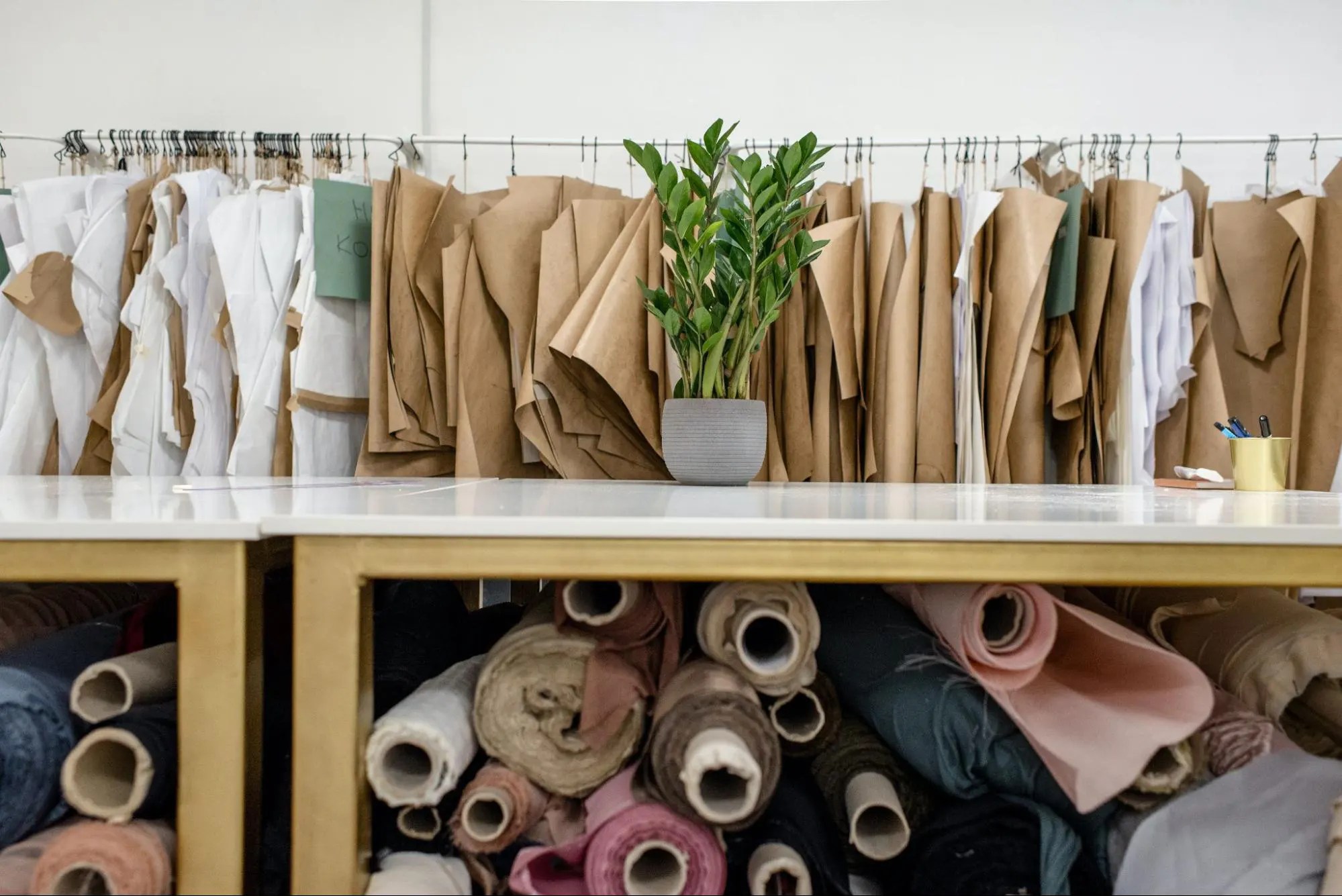
Exploring the essence of fashion merchandising, we delve into the selection of the 5 Rs, a crucial aspect of creating a sustainable and stylish retail strategy as listed below:
- Right Merchandise/Product
- Right Price
- Right Time
- Right Location/ Place
- Right Quantity
Choosing the right merchandise/ product
It’s very important to choose the right merchandise for each store according to the customer’s preferences, buying power, and trends in the market after doing an analysis. One fashion brand can have different products for different types of stores.
For instance, Fabindia can have different merchandise for their store in Khan Market vs. a store in Preet Vihar. A customer could be price sensitive or may have a different taste and preference at the Preet Vihar store vs. Khan Market. Customers would buy a tasteful yet expensive product without even considering the price of the product. This variation happens after carefully understanding the target audience. The same brand can have variations, so it’s the fashion merchandiser’s job to understand the needs and preferences accordingly and choose appropriate products for each store.
Determining the right price/price bracket for the product
After choosing the appropriate product, one must focus on the pricing of the fashion product. This includes various factors like the cost involved in making a product, understanding customer sensitivity in purchasing, perceived value, markup, margins, brand value, and price strategy. There are various pricing strategies that can be used, like:
- Dynamic pricing means adjusting prices based on the demand and inventory available in the market.Psychological pricing is using pricing strategies like INR 99 and 399 to create an image of lower pricing. This type of pricing is done mostly by fast-fashion players in the market.
- Cost-plus pricing, which is the total cost of producing a product, and markup, which helps finalise the market retail pricing of any products,
- Skimming pricing is when a product is introduced in the market and prices are much higher, but eventually the prices are reduced as time passes.
- Penetration pricing is when a product is launched in the market and the prices are lower, but over time, prices increase considering the popularity of the product in the market.
- Competitive pricing is where businesses decide the prices as per their competition.
- Bundle pricing, which is selling two or more products together, pushes more products to the customers and cross-sells categories together.
Deciding the right time for the launch/availability of the product
Especially when one is selling fashion products, the timing of the products in the market is important considering the ever-changing fashion industry and trends.
For instance, when the movie Top Gun was released in 1986, Ray Ban, a leading eyewear brand, had to make sure of the availability of Aviator sunglasses in the market; otherwise, they would have missed the opportunity. Notably, Ray-Ban experienced an overall growth of 40% in the seven months after the film’s release. They became so popular that even today, they are sold as classic Ray-Ban RB3025 aviators for $163.

Considering the timing of the product as per season, a fashion merchandiser has to consider the availability of the product as per the season as well. This is done through seasonal forecasting to have a solid understanding of seasonal trends and the timing of the trends.
For instance, if winters arrive in India in December and January customers start to buy winter wear from October onwards, and by the end of February, the same products are put out for sale, so the merchandising job requires one to consider this and make products available accordingly.
Navigating Location Choices in Fashion Merchandising
This also plays a crucial role; products should be available in the right place where the target audience is looking. Fashion merchandisers have to understand customer demographics, locations with good foot traffic, high conversion rates, easy accessibility through public transportation, parking, etc.
Fashion merchandisers have to consider the rental and operating costs of the space in the area. Other aspects that they have to consider are the local laws and regulations, future potential, lease terms, and areas that align with the brand image and identity of the fashion brand. Nowadays, fashion merchandisers also have to see that the retail locations should be close to the online stores, which can help fulfil the online order just in case an online store is out of stock.
Choosing the right quantity for the product inventory
It involves taking care of inventory effectively. At any given point in time, stocks at stores should not be understocked or overstocked, or else it can lead to huge losses for the fashion brand. So it is the fashion merchandiser’s responsibility to maintain the stock at the optimal level to ensure demand is met and surpluses are sold during the sale period.
Quantities are decided after a careful study of historical data to anticipate demand and forecast sales. A stock-to-sales ratio is maintained to help prevent overstocking, and EOQ (economic order quantities) are made to prevent understocking of fashion products. Vendor relationships are built to help brands in stock crises. All of this is a fashion merchandiser’s responsibility, along with careful assortment planning of inventory.
Fashion Merchandising Skills Required for Implementing the 5 Rs
Considering the 5 R's, these are the skill sets required for fashion merchandising:
Balance
- A fashion merchandising job requires striking a balance between the upcoming fashion trends and the business of fashion.
Manage
- A fashion merchandiser's job is to manage the aesthetics of the store to create an appealing product display.
- They take care of inventory from understocking to overstocking at any given point in time at a retail store or e-commerce marketplace.
Communicate
- They help communicate with manufacturers and fashion designers.
- They also bridge the communication gap between a fashion designer and retail staff or online staff.
Analyze
- Fashion merchandisers help do a thorough analysis of fashion and market trends.
- Since it’s a customer-centric market, merchandisers help in understanding consumers' tastes and preferences.
Ensure
- Create and manage budgets for inventory, visual displays, etc.
- All the rules and regulations are followed effectively, and legal compliance is fulfilled.
- Fashion merchandisers in industry also ensure all the problems are solved with stocks and the supply chain.
- Considering the consumer’s awareness, merchandisers also ensure the products are sourced sustainably to create the minimum impact on the environment.
To do well, fashion merchandisers in the industry must have great analytical skills, business acumen, and fashion knowledge.
Differences Between Fashion Buying and Fashion Merchandising
In most places, fashion buying and fashion merchandising are used interchangeably. But in a true sense, they are distinct, yet they have some commonalities.
| Fashion Buying | Fashion Merchandising | |
Role & responsibilities |
|
|
Stock keeping |
|
|
Inventory Management |
|
|
Data driven approach |
|
|
Overall, they both play a very crucial role in improvising profits and increasing customers' shopping cart value.
Fabindia Case Study of the 5 R’s of Fashion Merchandising
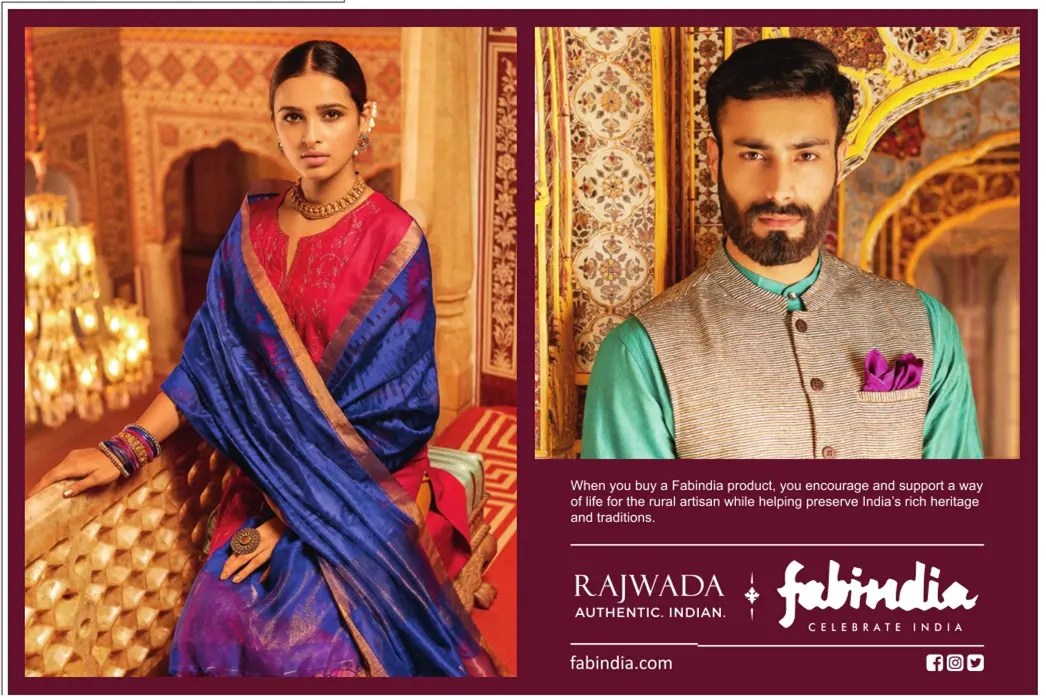
Let’s discuss this topic with a case study of a well-known apparel, home, and accessories brand, Fabindia.
- A fashion merchandiser’s responsibility is to choose the right products and location for each individual store as per the demographics, customer profiling, customer’s tastes, preferences, and trends in the market.
- Each retail outlet, online marketplace, and brand’s website is going to be studied individually and in detail, and accordingly, merchandise is going to be selected. If there are 357 Fabindia stores, each store is going to be studied individually. This study is based on historical data.
- These products chosen for each store are sent to the store at the right time to capitalise on consumer interest and maximise profits. Products are sent in the right quantities to avoid understocking or overstocking of merchandise because stores barely have space for keeping buffer inventory, so everything regarding the quantities is decided beforehand at the brand’s warehouse to avoid creating a surplus or deficit at the store.
- Right pricing is also done for each merchandise at the backend by the merchandiser itself. Fabindia has adapted a psychological-based pricing strategy, so customers will read the slightly lowered price and treat it as much lower.
Challenges in implementing the 5R Strategy in Fashion Merchandising
In the realm of fashion merchandising, the continuous flux of market and consumer trends presents a persistent challenge, compelling merchandisers to maintain updated inventory levels, while fierce competition necessitates the precise application of marketing techniques and pricing strategies to capture and retain consumer attention.
Fashion merchandisers encounter multifaceted challenges in implementing the 5Rs of fashion merchandising.
- Predicting the right merchandise is daunting due to rapidly changing trends and supplier reliability issues, leading to uncertainties in product availability.
- Timing poses a significant challenge as fashion seasons fluctuate, and managing lead times for production and distribution is crucial to meet demand.
- Choosing the right sales channels involves understanding diverse consumer behaviours and preferences, especially when expanding into new markets.
- Estimating the right quantity necessitates accurate demand forecasting, balancing inventory levels to prevent overstocking or stockouts.
- Pricing is intricate, requiring a delicate balance between production costs, competitor pricing, and customer affordability.
- Additionally, strategic discounting and promotions are vital, impacting sales without compromising profits.
Fashion merchandisers must adeptly navigate these complexities to ensure products reach customers at the right time, place, quantity, and price, optimising sales and customer satisfaction while managing costs and profitability effectively.
Innovating the Future of 5 R’s of Fashion Merchandising
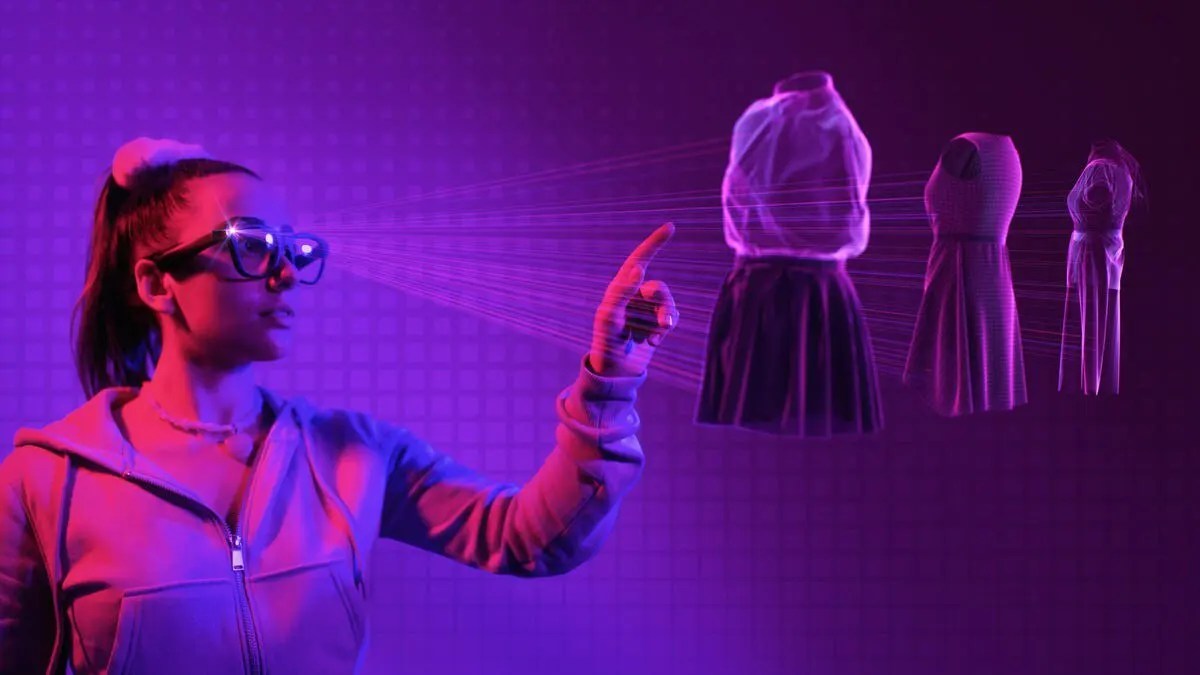
In the ever-evolving landscape of fashion, the traditional 5Rs of fashion merchandising—Right Merchandise, Right Time, Right Place, Right Quantity, Right Price—must undergo a profound transformation to seamlessly align with the demands of the future. With technology driving unprecedented shifts in consumer behaviour and sustainability becoming paramount, the evolution of these Rs is not just a necessity but a strategic imperative.
Right Merchandise Selection with Data-driven Insights and Hyper-Personalisation:
In the future, fashion merchandisers must embrace data-driven insights to curate hyper-personalised collections. Utilising artificial intelligence and machine learning algorithms, they can analyse individual preferences, style histories, and cultural influences, ensuring that every piece resonates with the unique identity of the wearer.
Right Time With Real-Time Data Analytics:
Timeliness will no longer be limited to seasonal cycles. Real-time data analytics will empower merchandisers to identify emerging trends as they happen, allowing for agile manufacturing and instant response to market demands. Fashion will become a living, breathing entity, adapting swiftly to the pulse of consumer preferences.
Right Place Beyond Physical and Online Stores:
The concept of the 'place' is expanding beyond physical and online stores. Virtual reality (VR) and augmented reality (AR) platforms will enable consumers to experience fashion in immersive digital spaces, blurring the lines between the physical and virtual realms. Social commerce and influencer collaborations will redefine the 'place,' making fashion accessible through interactive and engaging digital environments.
Right Quantity and Right Price With Sustainability as the Cornerstone for future fashion industry:
Sustainability will be the cornerstone of the future fashion industry. Merchandisers will focus on minimising waste, optimising production processes, and embracing circular fashion principles. Ethical sourcing, eco-friendly materials, and fair labour practices will be non-negotiable. Pricing will reflect the true cost of sustainable practices, ensuring that consumers invest in fashion that respects both people and the planet.
In essence, the future 5Rs of fashion merchandising will be about marrying cutting-edge technology with timeless values. It will be a harmonious blend of personalization, immediacy, inclusivity and sustainability. Merchandisers of the future will not just sell garments; they will curate meaningful, ethical and memorable experiences, transforming the way we perceive and interact with fashion in a rapidly advancing world.
Explore More About Fashion Business Management
- For further insights from the author, Ash*ta Kulshreshtha, don't miss the opportunity to explore ths extensive fashion merchandising guide.
- Interested in reading more about fashion business management. Here’s a curated list of the top 10 books on fashion business management.
- Ever wondered how fashion retail captures your attention? Discover the secrets behind the changing sphere of visual merchandising .
About The Author
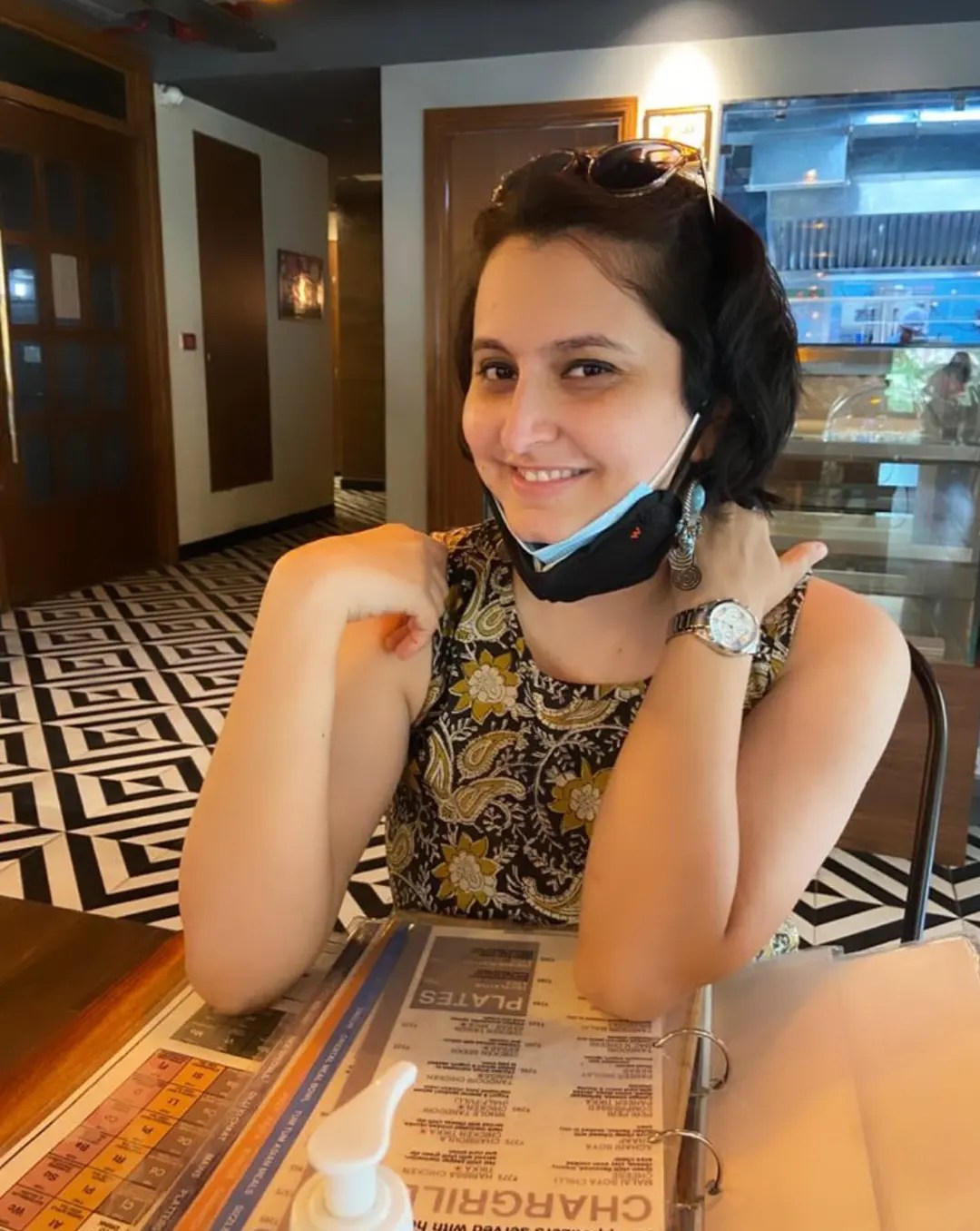
Hi! I am Shraddha Kochar, I was born, raised, and have completed my education in Delhi. I have been in the fashion industry for the last 7+ years, with varied experience working in startups, national brands, e-commerce, exports and education secto ...